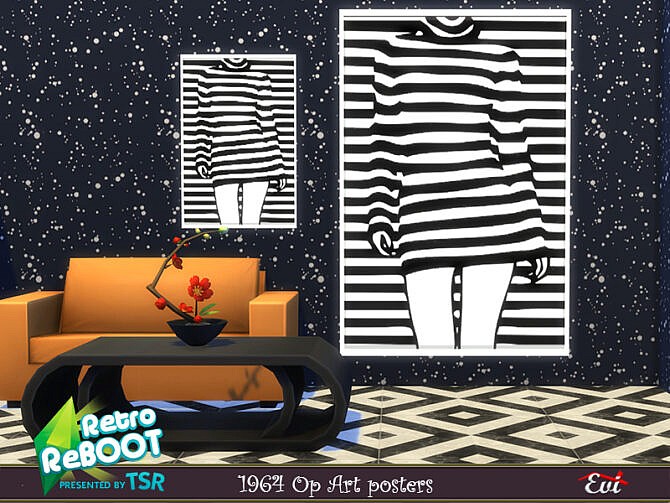
Artists have been intrigued by the nature of perception and by optical effects and illusions for many centuries. They have often been a central concern of art, just as much as themes drawn from history or literature. But in the 1950s these preoccupations, allied to new interests in technology and psychology, blossomed into a movement. Op, or Optical, art typically employs abstract patterns composed with a stark contrast of foreground and background – often in black and white for maximum contrast – to produce effects that confuse and excite the eye.
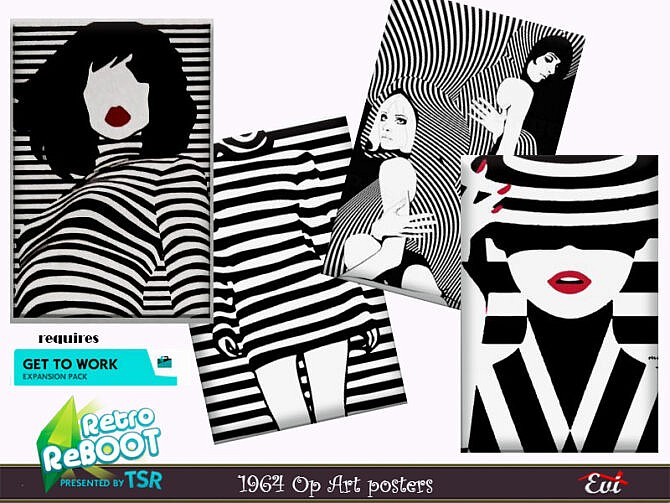
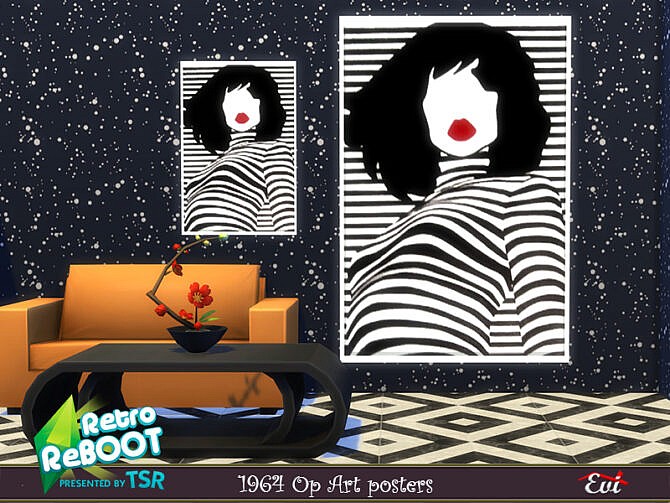
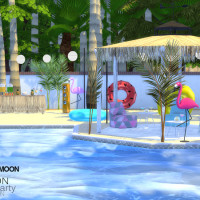


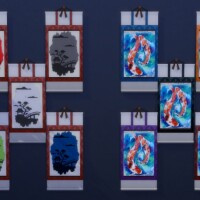


Leave a Reply